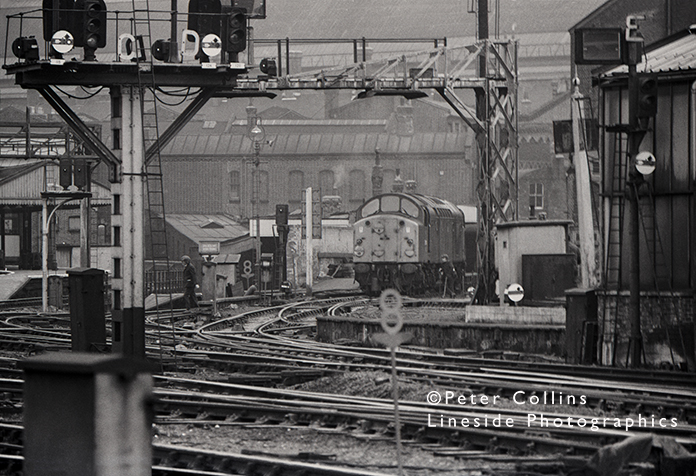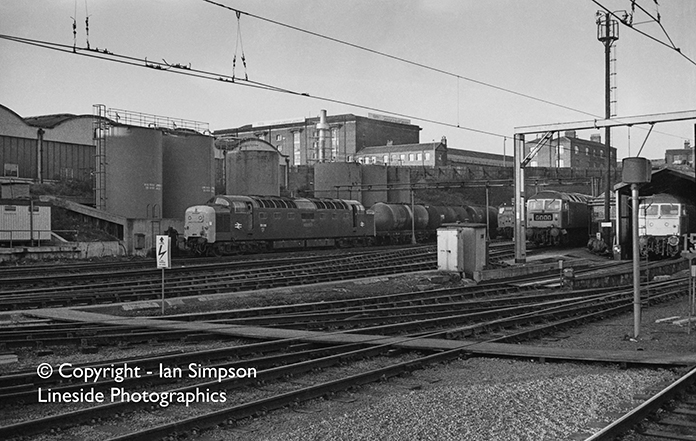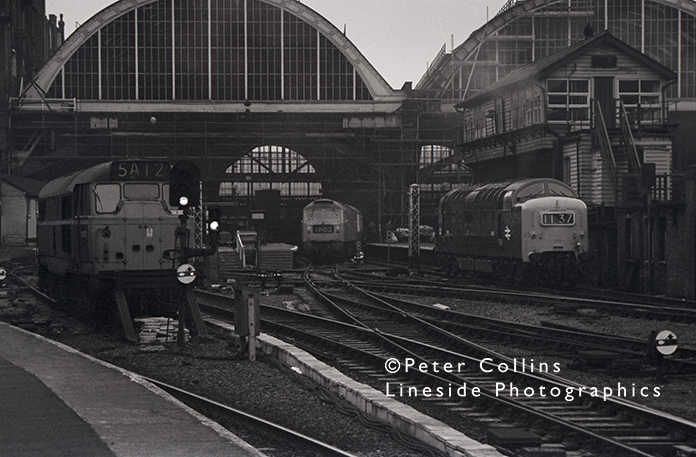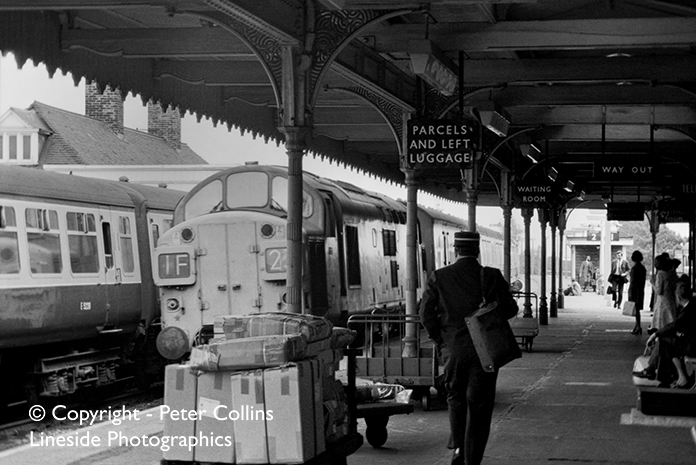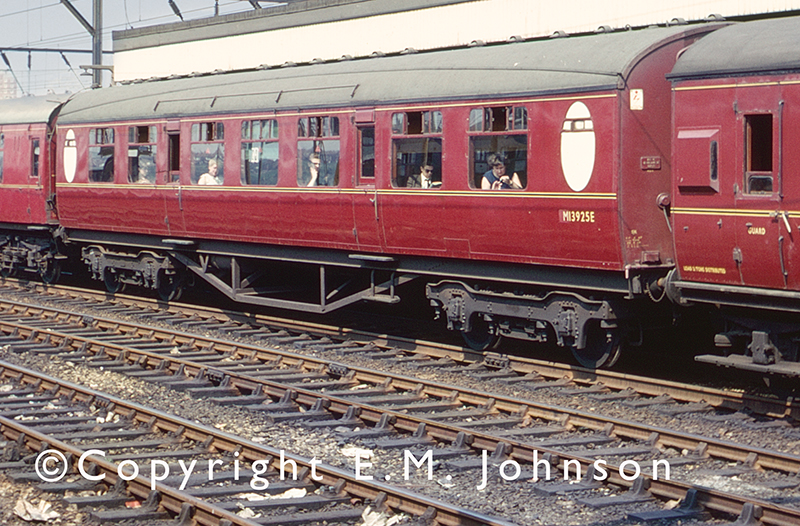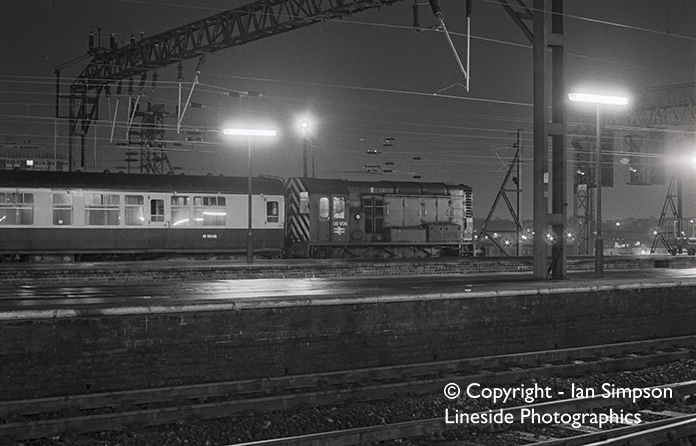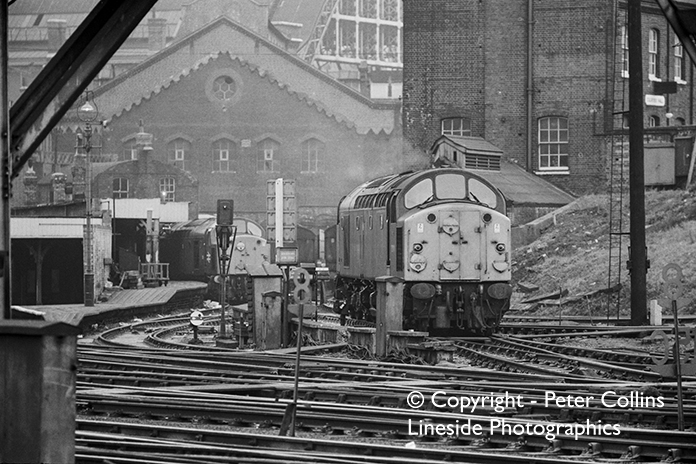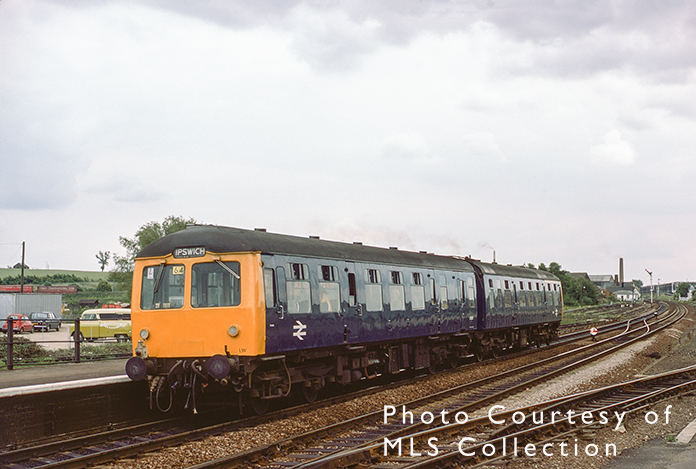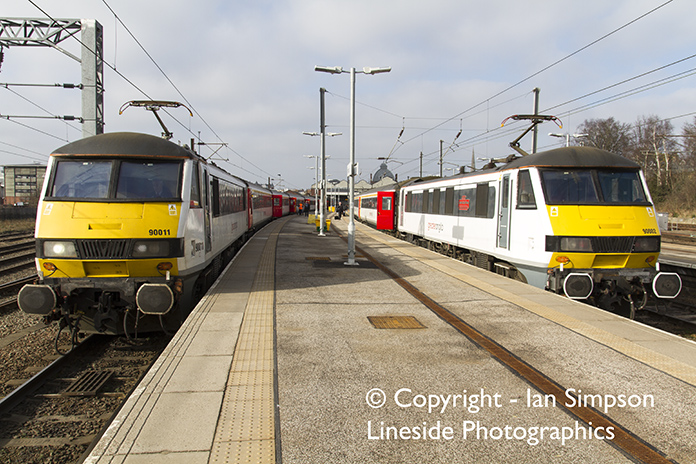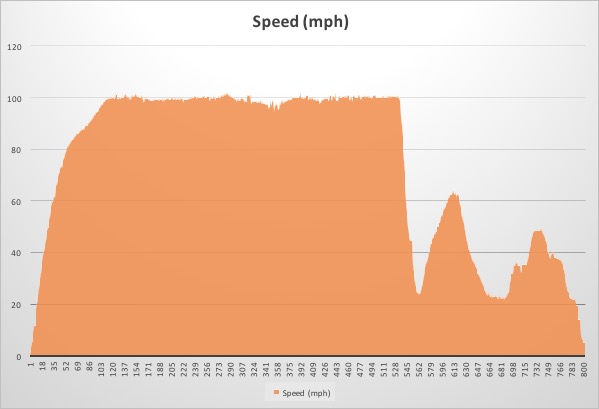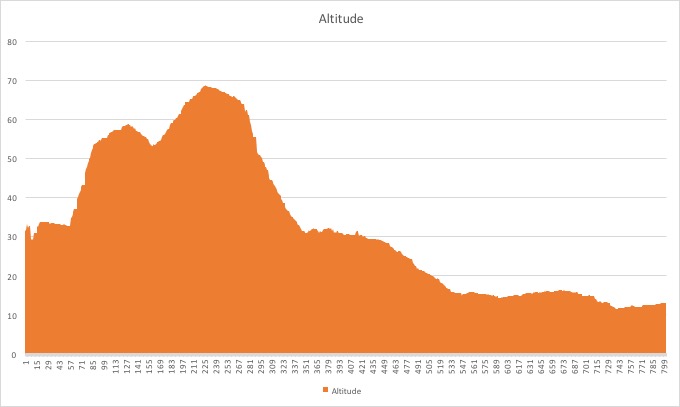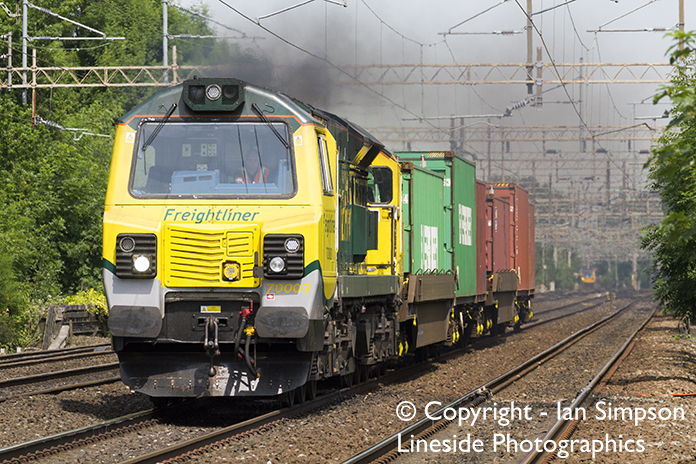
Freightliner ‘Slug’ (Class 70), 70003, heads through Heaton Chapel station on 19th June 2017 with a very short 4L90 (MO) 11.17 Trafford Park F.L.T to Felixstowe South F.L.T. service.
Maybe it was a bit too hot for ‘Slug’ Photography
On Monday 19th June 2017, I had decided to use the clear summer skies to photograph the diverted freights through Stockport; by 11am I had already realised it was possibly a bit too hot as temperatures were already approaching 80 degrees Fahrenheit.
Having decided to find shade as much as possible, I managed to get this decent shot along with a few more. Class 70 ‘Slugs’ are a rare breed on the stretch of line between Slade Junction and Wilmslow, but with all freight being diverted from their normal route via the Styal line due to some issues with pointwork at the junctions feeding Manchester Airport, they are currently seen several times a day.
The 4L90 service is scheduled for a 1275 tonne train, so when only 4 wagons turned up I managed to get a decent composition as the driver opened up for the quick sprint towards Stockport. I’m not sure whether this is a normal load for this Monday Only (MO) train, but I might have to see if I can catch it again soon.
I’ll put some more photos in another post soon, but thought this one deserved to be seen on its own!



